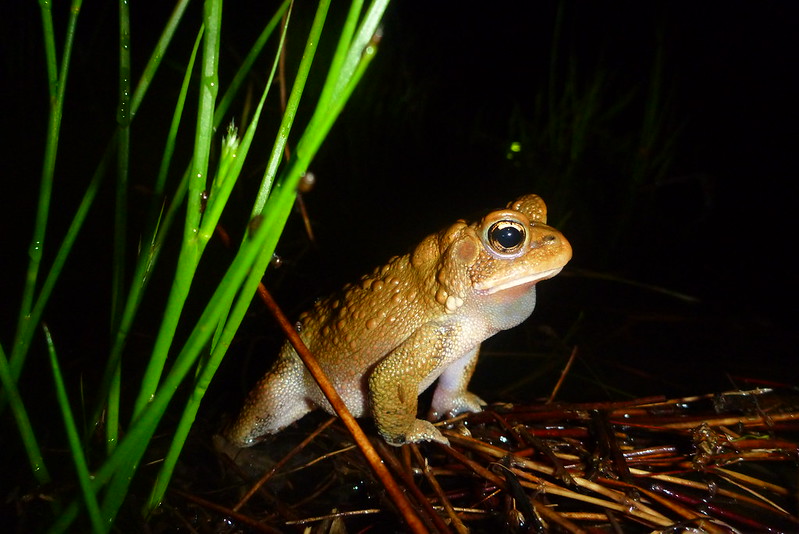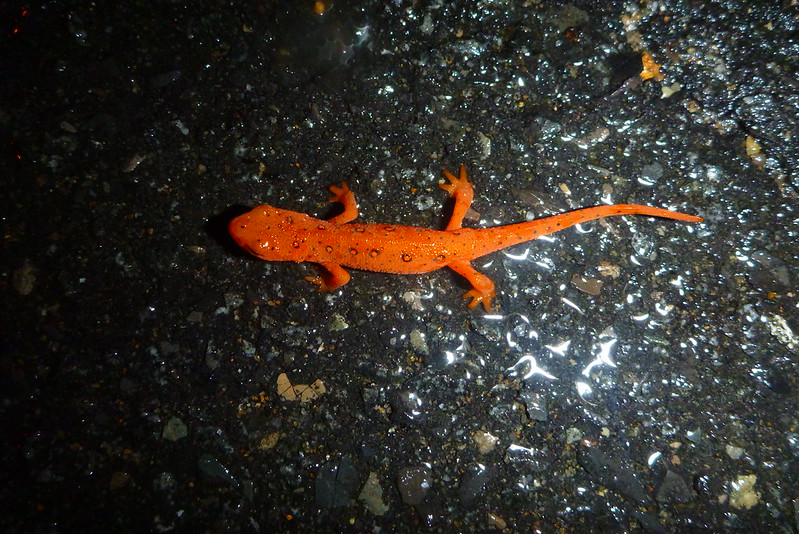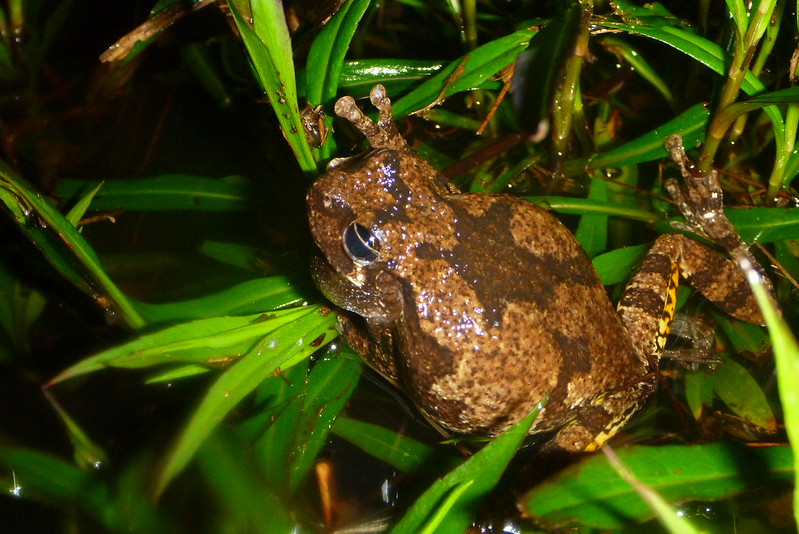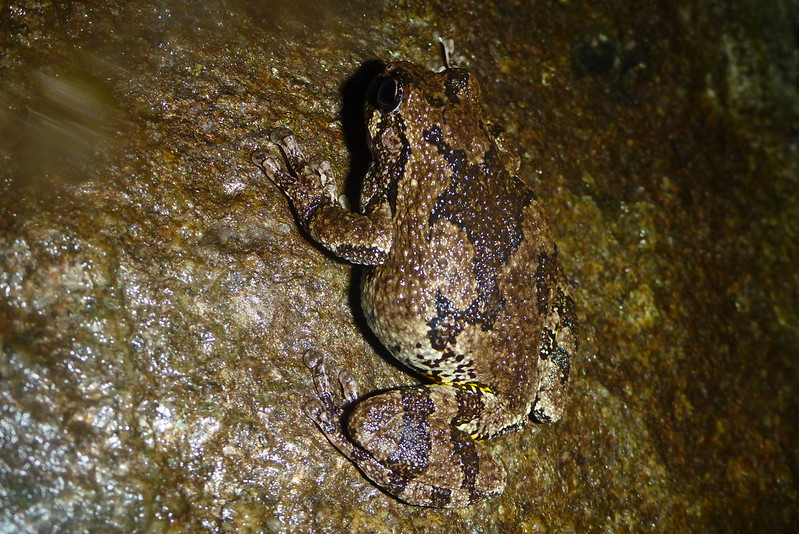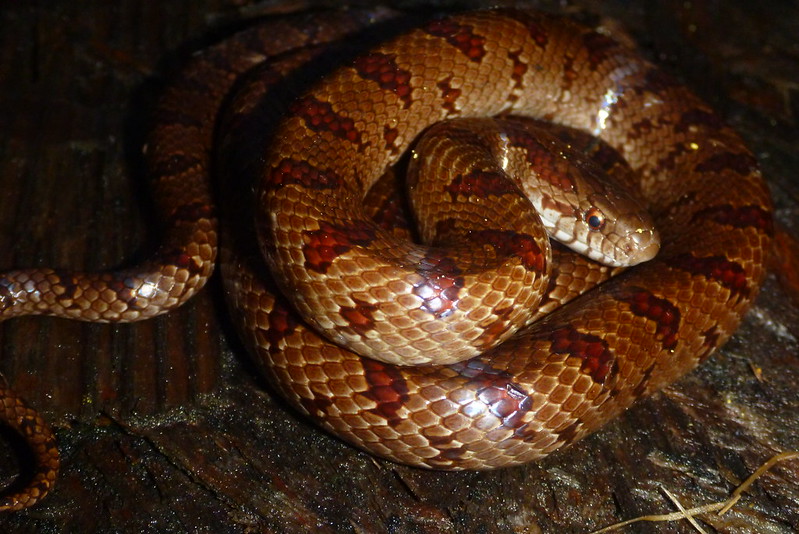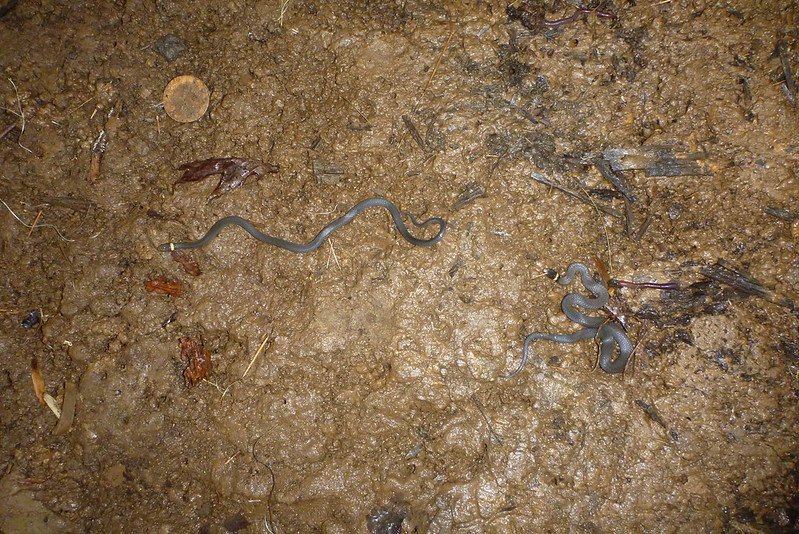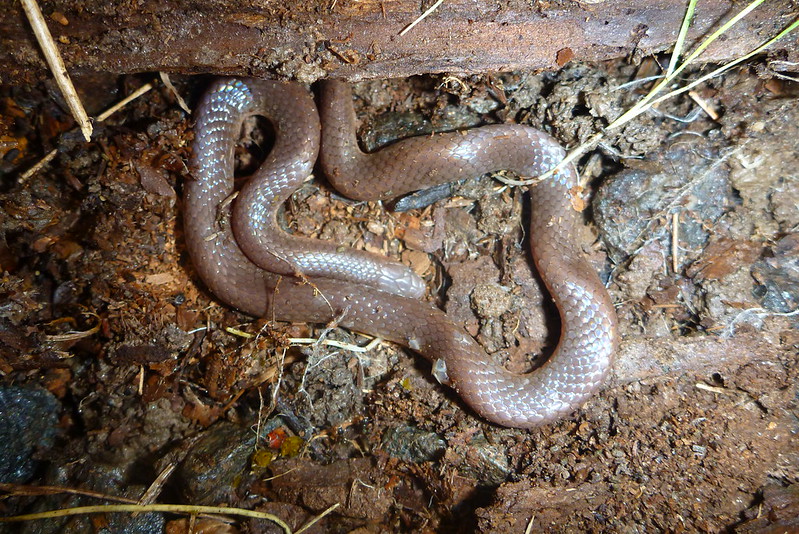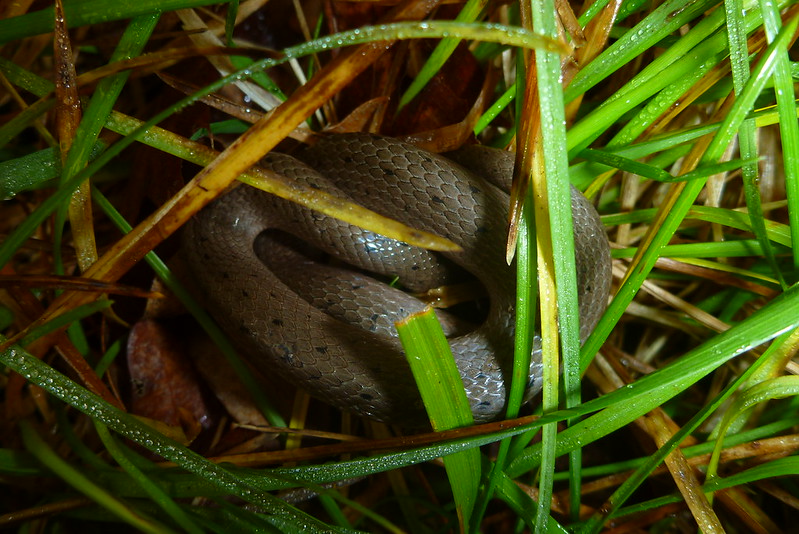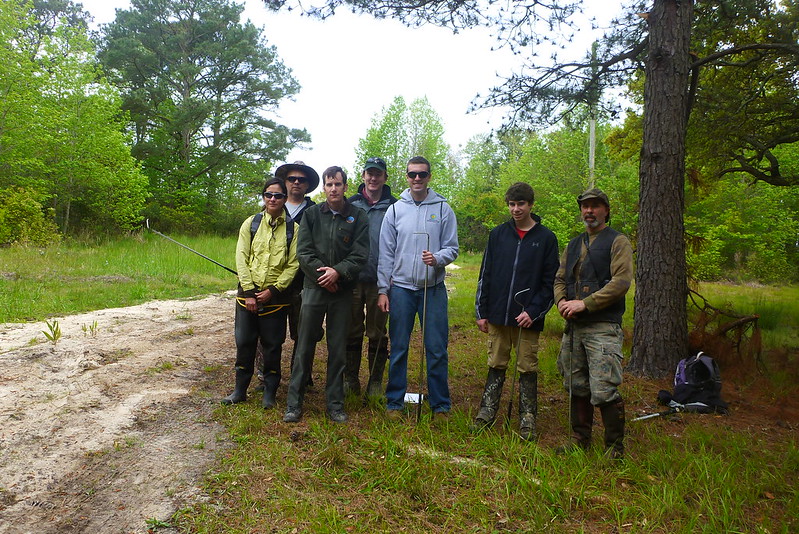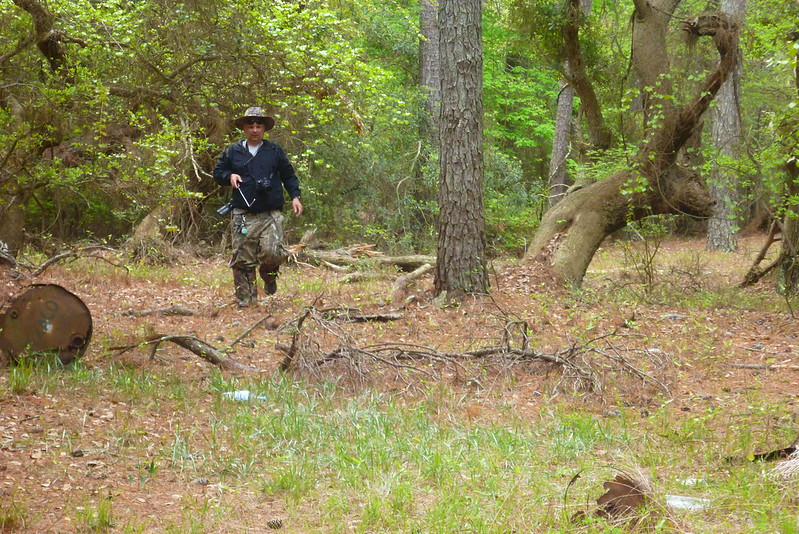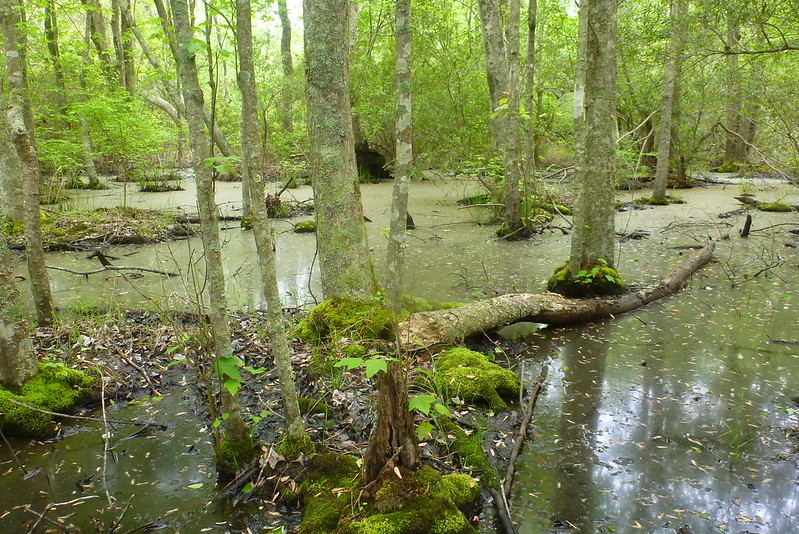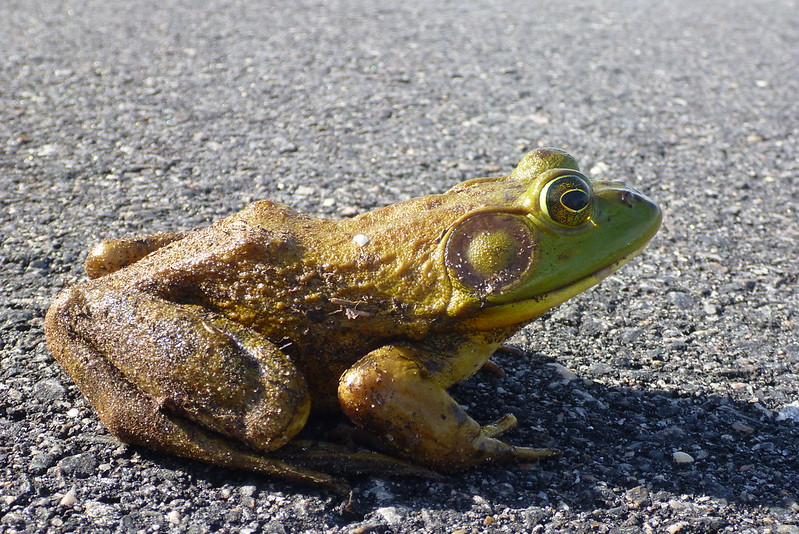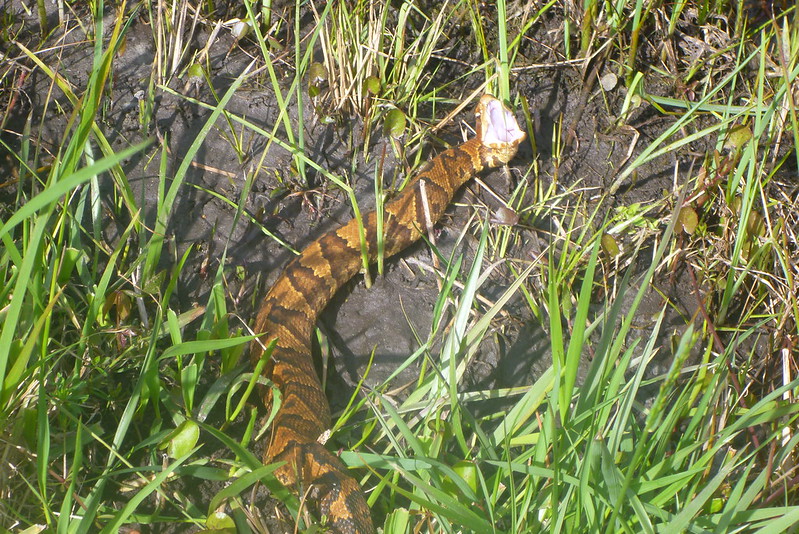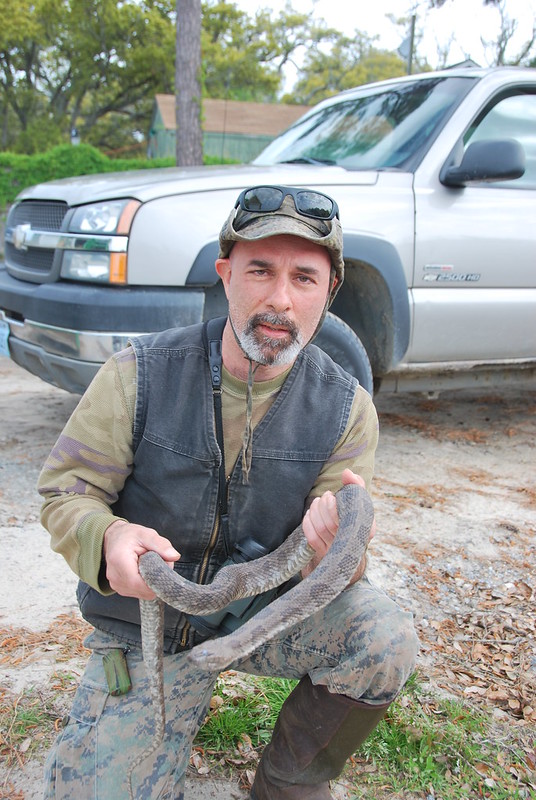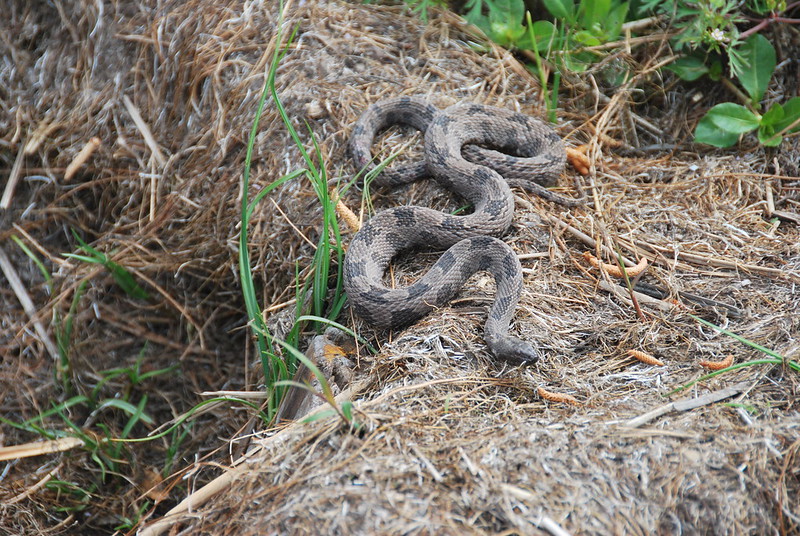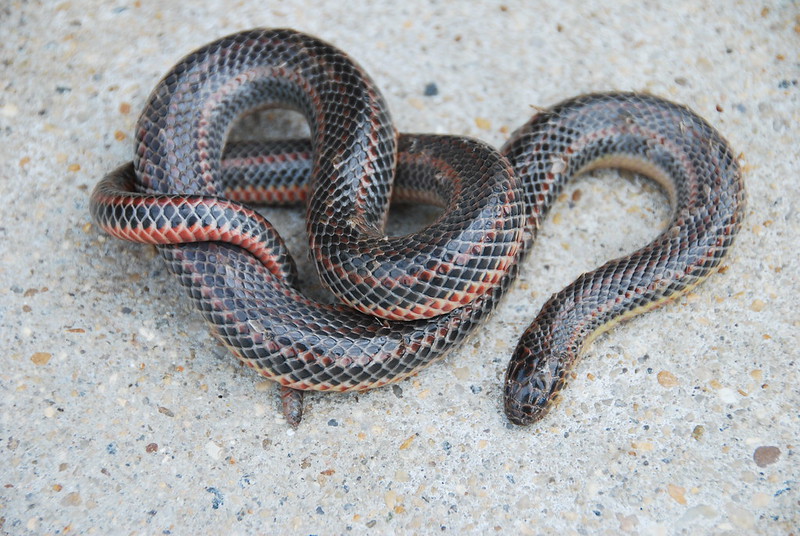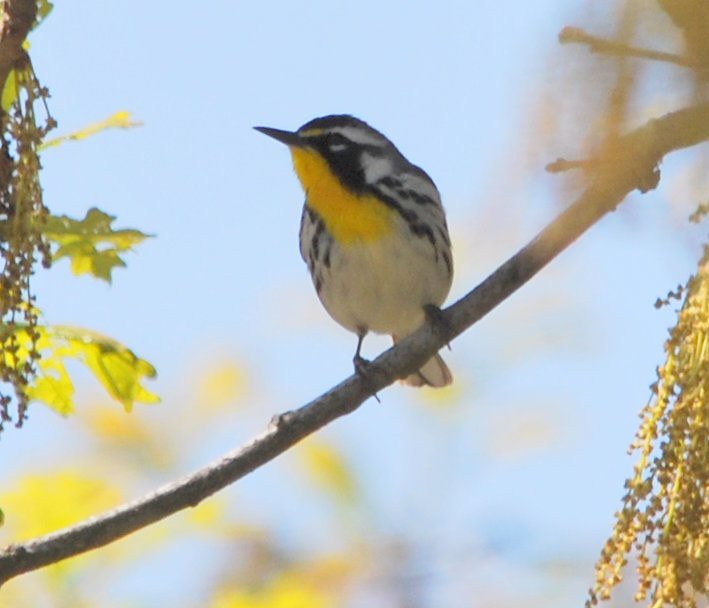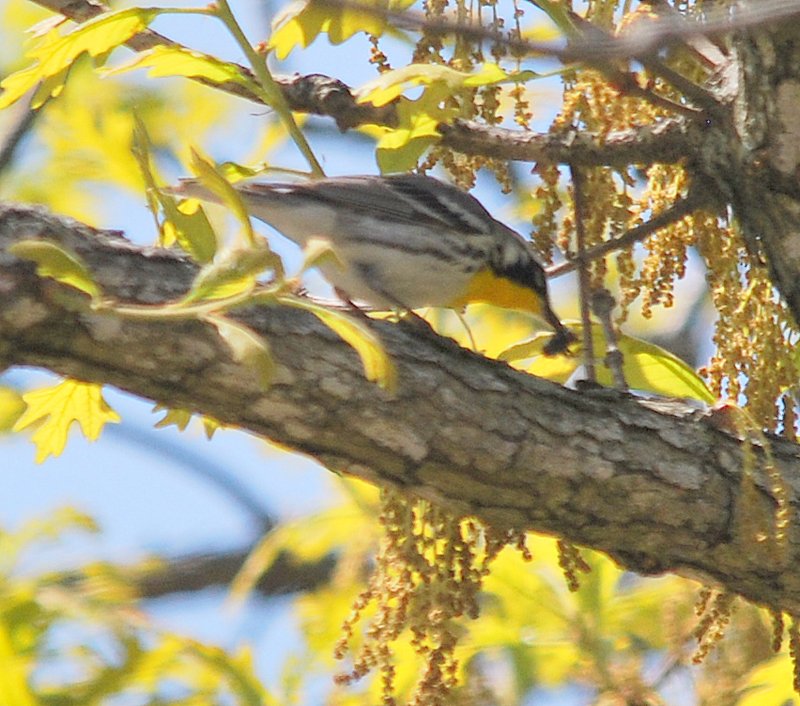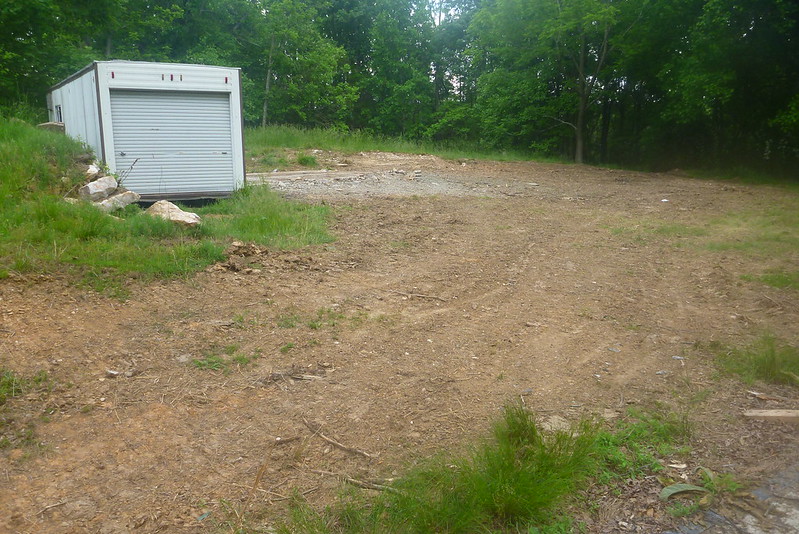Ryan and I decided to go out this evening to do some road herping. Ryan is currently a zoology major at CNU and a former Fairfax County Park Authority Volunteer at Hidden Pond Nature Center. He has been avid enthusiast of herps since he was a toddler. He lives and breathes herps and nature and is quite knowledgeable as a field herper as well as capable handler of captive herps. Tonight we linked up and headed for some sites to get our “fix” for some night herping. Below are some of he critters- some typical and some not so typical to find.
Shown below are:
American toads, Gray Tree Frogs, Red Spotted Newt (Eft Stage), Young adult Mole king snake, Ring neck snake, Worm snake, Smooth earth snake. The video shows a male gray tree frog in a vernal pool calling. If you watch the video you can hear the sounds of spring peepers and possibly the American toads calling as well. Ryan had the misfortune of being bitten by an assassin ug that night. Apparently quite painful.
BackBay National Wildlife Refuge and False Cape State Park VHS Survey 5/3-5/5 2013
An official and legal survey of The NWR and False Cape Park in conjunction with the Virginia Hematological Society took place from May 3-5 2013. There were total of 8 teams of surveyors ranging from scientist to ordinary novice herpers all volunteering their time to help the Refuge and the park service get some insight into their herp inventory. Weather conditions were not the best with temps reaching at most 60 degrees but with partly cloudy skies and a brisk onshore wind made it feel much colder. Nonetheless the show went on! Each team was assigned a zone which covered more than 6 miles in length from the Backbay NWR in Virginia Beach all the way to False Cape State Park bordering North Carolina.
Mike Gregory checking an old dumpsite near the North Carolina Border.
Even with 8 teams totaling nearly 80 participants was no enough to thoroughly cover the area. The teams were assigned group leaders and were given designated zones to survey. These zones included habtiats of open areas with pools of water known as impoundments which were further separated by dykes.
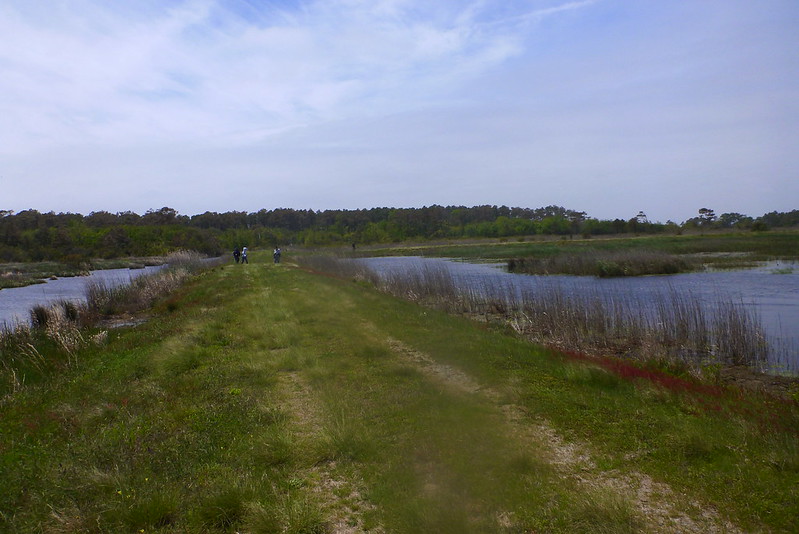
The impondments occupied the open area that separated the dune beach and ocean eastern coastline from the marsh and bay area to the west. There were also sections of maritime forest mostly dominated by live oaks and lob lolly pines.
Within forested areas were an abundance of low lying vernal pools and wet areas.
There was one team that kayaked and canoed to an island within the bay area. Species found included yellow belly sliders, painted turtles , snapping turtles, green frogs green tree frogs squirrel tree frogs,
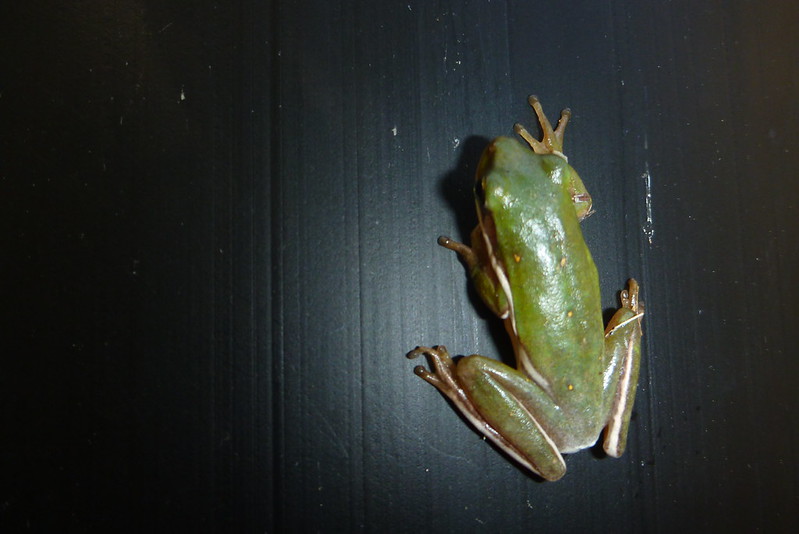 pine woods tree frogs, southern leopard frogs,
pine woods tree frogs, southern leopard frogs,
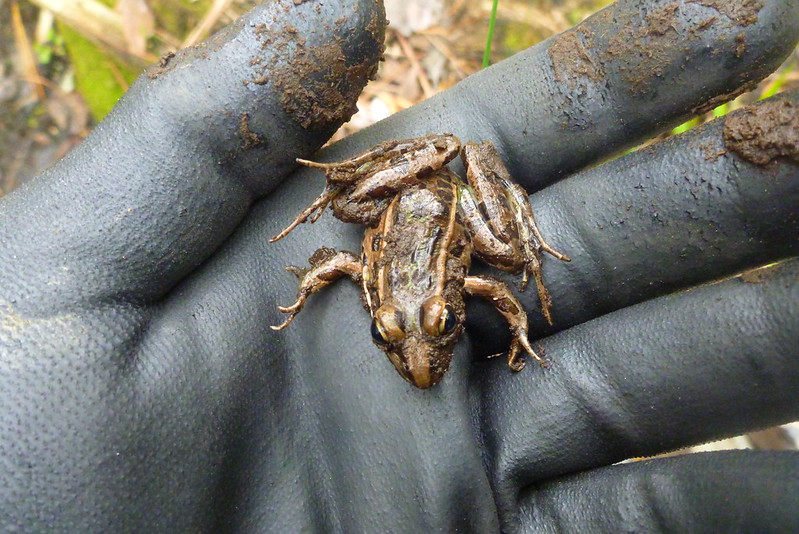
american bull frogs, narrow mouth toads,
fowlers toads and sothern toads. Snakes were high on the list among the herpers. This area is known for its high density population of eastern cottonmouth moccasins.
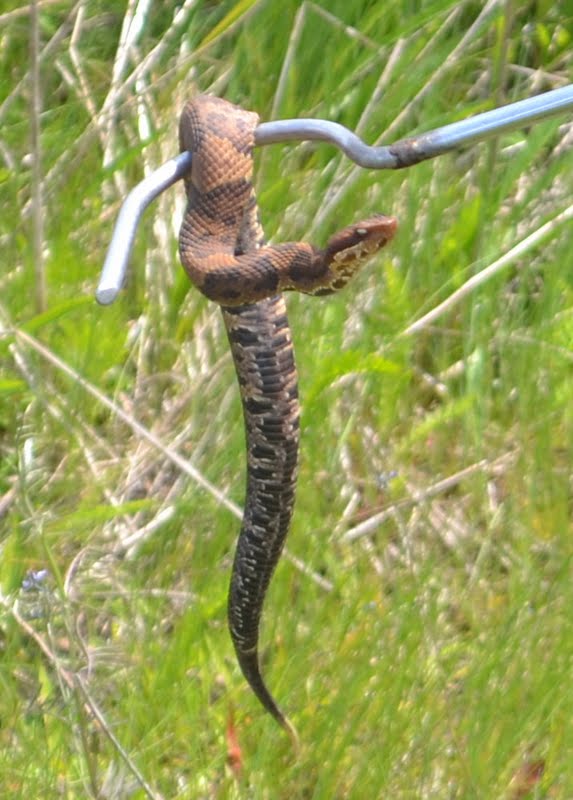 Moccasins are venomous are are cryptically camouflaged. On this trip almost every one found or caught one without incident. Other snakes found were northern black racers, brown water snakes, northern or common watersnakes, red bellied snakes, eastern rat snake and a garter snake.
Moccasins are venomous are are cryptically camouflaged. On this trip almost every one found or caught one without incident. Other snakes found were northern black racers, brown water snakes, northern or common watersnakes, red bellied snakes, eastern rat snake and a garter snake.
The one snake most highly prized was found by my group.
Common Rainbow Snake
Rainbow snakes are seldom seen due to their preference for certain types of foods and habitat requirements. We were fortunate enough to stumble upon one by accident. No salaamders were reportedly found.
Yellow Throated Warbler. ECLP Birding trip to Westmoreland Park 4/27/13 by Michael Gregory
Used 500 mm lens to take these pictures of a Yellow Throated
Warbler (not to be confused with Common Yellowthroat). New to my life
list and apparently not found in our area.
Birding was not so good at Westmoreland. Yellow Throated was the only warbler we got a look at.
We heard Ovenbird, Common Yellowthroat and Northern Parula but never
got a look at them. Bald Eagles and Ospreys were plentiful but not
much else. We never even saw a Robin.
Field Herping Techniques with “AC” Artifical Cover
Handling Techniques of Captured Nonvenomous, Local, Colubrid, Snakes
One method of handling a nonvenomous snake. In this example we demonstrate with a captured northern black racer and an eastern rat snake.
Best way to hold a nonvenomous snake, so as not to cause it injury, is to hold the snake in this fashion but slightly more towards the base of the jaws. This way doesnt constrict the trachea and allows the snake to breathe.
Also always try to suport the snake with the free hand or lay the snake on something so as not to have the snake suspended by its own weight while maintaining control of the head.
Sometimes a snake will bite and latch on. Try not to panic and rip the snkae free from its grasp. This will cause the snake to lose its teeth and render it unable to capture its prey. When a snakebites and latches on simply hold the head from the side along the back of its head and along its jaws and gently squeeze so as to allow the snake to articulate its jaw bones in a more natural way that will allow it to release from its grip.

